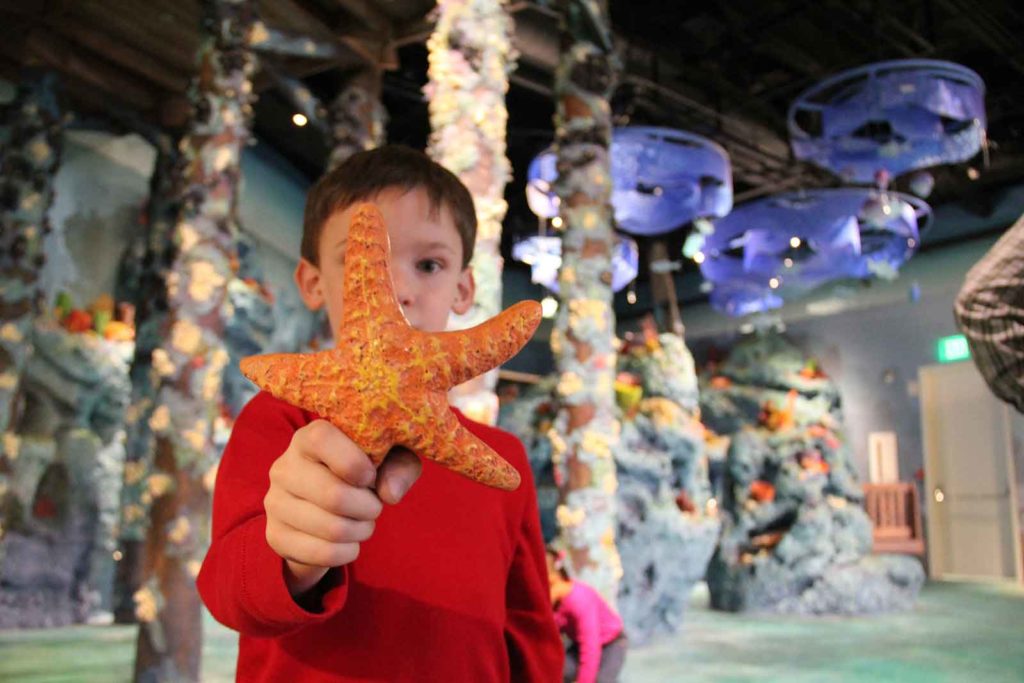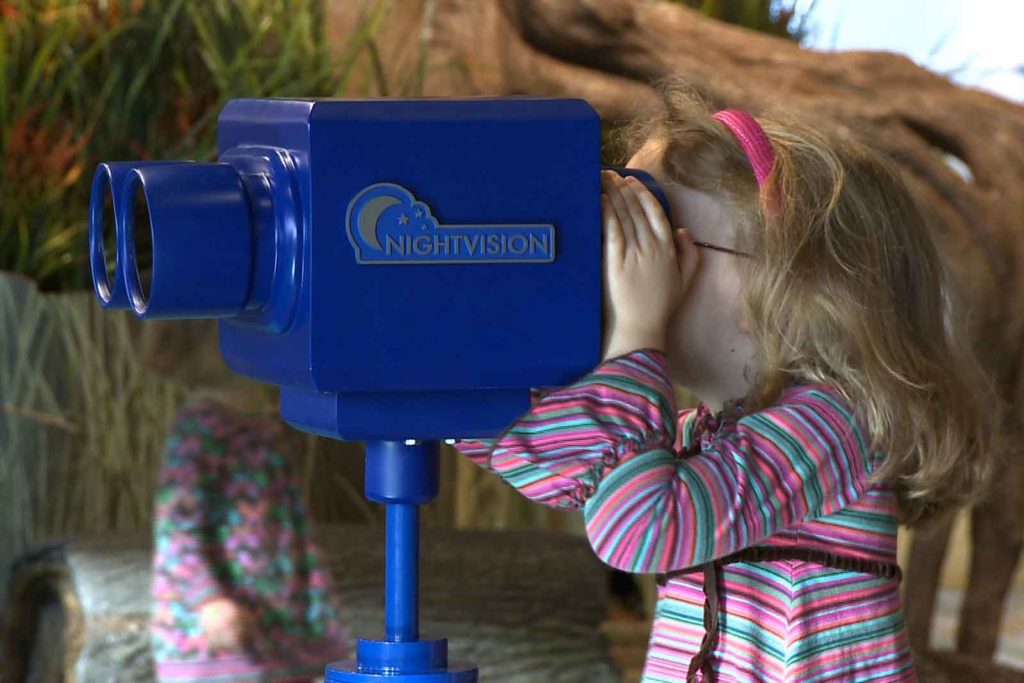Thinkwell’s 2015 Guest Experience Trend Report Focuses on Consumer Trends in Location-Based Entertainment Infused with Intellectual Properties
The recent surge in popularity of intellectual properties (IP) appearing in everything from theme parks and attractions to merchandise and museums had us at Thinkwell wondering whether this phenomenon will be an enduring profit generator for IP owners and the operators of entertainment and education venues. Does the presence of an IP lend credibility, trustworthiness, and value to a venue and would consumers be willing to visit this venue more often? Especially as more location-based entertainment (LBE) venues start to incorporate IPs, would visitors spend more money and time on their experiences and should IP owners start to license their properties more heavily to explore that possibility?
The 2015 Thinkwell Guest Experience Trend Report was created to answer questions like those. For the past two years, Thinkwell has published Guest Experience Trend Reports that investigated the behavior of guests as they explored theme parks and museums and how technology could be utilized to enhance or improve their visits. For the 2015 Guest Experience Trend Report, Thinkwell examined not only the behavior of guests as they navigated experiences, but also the reasoning behind deciding to go and make purchases at LBE venues.
Thinkwell had a nationwide survey conducted that polled over 1,000 adults with children to analyze their spending choices at family-friendly LBEs, specifically family entertainment centers, children’s museums, aquariums & zoos, and restaurants. The goal of the survey was to determine whether families would be inclined to visit one of those venues more often and spend more money on purchases if they were completely infused with a specific IP from a major motion picture, television show, video game, or book.
The results, while not entirely surprising, confirmed that families are indeed willing to spend more on an experience at an LBE if it featured a specific intellectual property. What was surprising however was that the results showed respondents would be less willing to spend an increased amount of money or time at an IP-specific educational experience versus an IP-specific entertainment experience.
Most respondents still preferred authentic and traditional experiences at children’s museums and didn’t necessarily feel that adding an IP would increase the value of the educational experience. Even at zoos and aquariums, which toe the line between education and entertainment, a smaller percentage of respondents stated they would pay more for things like annual memberships, merchandise, and souvenirs at an IP-specific location. But when going out for fun at family entertainment centers however, a much larger segment of respondents stated that they would be willing to spend more money and time on an IP-specific experience.
Entertainment Versus Educational Experiences
An astonishing 76% of the survey respondents stated that they would enjoy the experience at a family entertainment center more if it were infused with a recognizable IP from a motion picture, television show, video game, cartoon, or book. More than 62% of respondents also said they would be willing to spend more money on food, souvenirs, and merchandise if they included characters or imagery from a favorite IP. Not only did respondents claim that they would be willing to spend more money at a family entertainment center if it was IP-specific, 72% also stated they would visit more often than if it was a generic LBE venue.

Though an impressive 61% of respondents also stated they would visit a children’s museum more often if there were exhibits based around a child’s favorite IP, only half of respondents stated they would be willing to pay more for an annual membership, merchandise, or souvenirs despite having IP-specific elements at the museum. In a more traditional educational institution, respondents did not feel that having IP-specific exhibits added any value or incentive to visit the venue more often, nor were they inclined to spend more money on purchases there.

Even at a zoo or aquarium, which blends education and entertainment, only little more than half of respondents stated they would want to visit more often if there were IP-specific exhibits. Because respondents claimed that the primary reason they visit a zoo or aquarium is to spend time together as a family and not to see new or existing exhibits, having IP-specific overlays would not be a compelling enough reason for visitors to visit more often or purchase more merchandise or souvenirs.

While the previous three LBEs might be reserved for special occasions or weekend activities, 76% of respondents stated that eating out at a restaurant is a normal weekly activity. If an IP-themed restaurant was an option in addition to casual chain restaurants, fast food restaurants, and neighborhood restaurants, a majority of respondents stated that it would be a logical choice for their families when eating out. Particularly since a kid-friendly atmosphere was the most important factor for families in choosing a restaurant, having an IP-specific environment would please kids and parents alike, with Disney™, Star Wars™, and Harry Potter™ being popular IPs for influencing families on their themed restaurant choices.

The Why and Why Not
The study conclusively revealed that respondents would indeed be willing to visit an IP-specific LBE venue more often and spend more money on these experiences. But what were the motivating factors for these preferences? Based on 1,032 open-ended answers, the respondents who were more likely to prefer an IP-specific LBE stated that the experiences would be “more fun,” “make the kids happy,” and “make the experience more special.” These respondents felt that seeing recognizable or familiar characters and elements would be a treat for the kids and would be far more entertaining that visiting a generic LBE.
For the respondents that did not feel more inclined to visit an IP-specific LBE, cost was the biggest deciding factor against choosing these experiences over generic ones. These respondents did not feel that an IP-infused experience added any value for the implied increased cost, nor did they feel that the quality of the environment, food, merchandise, or souvenirs would be any better at an IP-specific LBE. Other consistent responses were that an IP would make the experience “too commercial,” “trendy,” and “distracting” so that families wouldn’t be able to fully enjoy their time at an IP-specific LBE.
The Value of Intellectual Properties
After examining the survey responses, the 2015 Thinkwell Guest Experience Trend Report concludes that IP owners can absolutely benefit from licensing and infusing their IPs into family entertainment centers, children’s museums, zoos & aquariums, and restaurants. Respondents were generally positive about wanting to experience IP-specific LBEs and were willing to pay more money and spend more time at these venues. So to answer our initial question about whether extending an IP could be an enduring profit generator, the study confirms that there is a demand for it and IP owners should invest in meeting that demand.
“Thinkwell has believed in the power of an intellectual property in attracting and retaining guests since the very beginning of the company,” said Craig Hanna, Thinkwell’s Chief Creative Officer. “This study highlights that the value of blockbuster brands and IP is only getting stronger, even in an increasingly crowded market, and that the public’s thirst for IP hasn’t been quenched yet.”
VIEW THE ACCOMPANYING INFOGRAPHIC HERE.






 This report inevitably led Thinkwell to think about this topic in relation to the company’s other specialized fields. We asked ourselves if we thought these results would carry across the various market segments in which we practice. With such high focus on technology and mobility in our lives today, are guests looking to integrate technology into their visitor experiences? Museums and the visitors they attract are evolving, so Thinkwell asked, is this a space looking for increased digital and mobile interactivity? The 2014 Trend Report honed in specifically on the current museum guest experience and visitors’ expectations and desires for such digital and mobile integration.
This report inevitably led Thinkwell to think about this topic in relation to the company’s other specialized fields. We asked ourselves if we thought these results would carry across the various market segments in which we practice. With such high focus on technology and mobility in our lives today, are guests looking to integrate technology into their visitor experiences? Museums and the visitors they attract are evolving, so Thinkwell asked, is this a space looking for increased digital and mobile interactivity? The 2014 Trend Report honed in specifically on the current museum guest experience and visitors’ expectations and desires for such digital and mobile integration.


